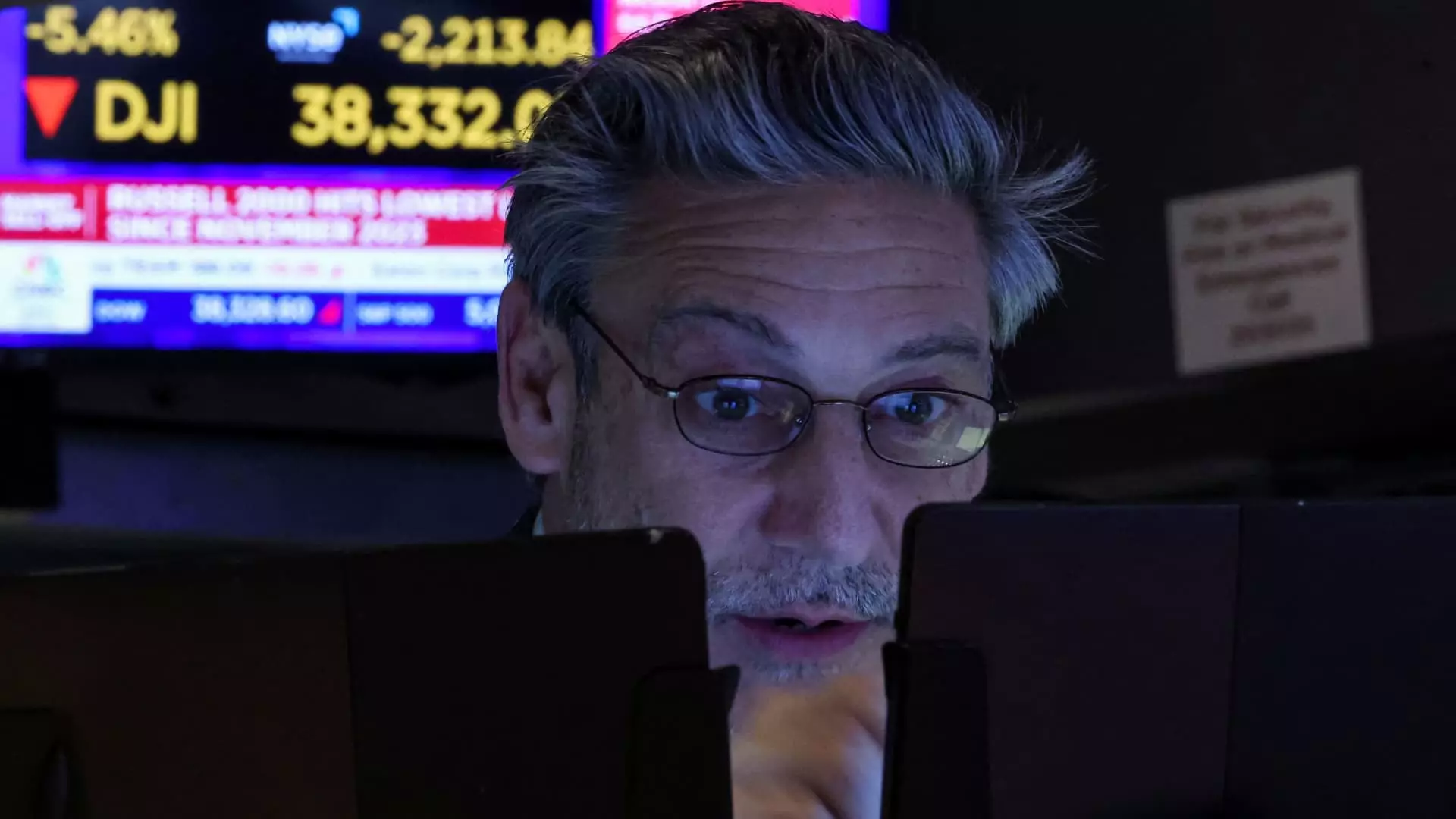The implementation of circuit breakers in financial markets is a contentious topic that often sparks heated debate. Designed as a safeguard against panic selling and rapid market downturns, these mechanisms have become a double-edged sword. The intent behind them is clear: to provide a moment of pause for traders to reassess the chaos erupting around them. However, the reality is often less comforting. When circuit breakers are triggered, the fleeting halt may provide some temporary relief, but it ultimately fails to address the underlying concerns that led to market instability. Instead of acting like a steadfast shield, they often amplify anxiety, compelling investors to leap into even deeper uncertainty.
Past instances, such as during the early days of the COVID-19 pandemic in March 2020, demonstrate this paradox effectively. Despite halts in trading ostensibly designed to calm the tempest, stock prices continued their steep decline as traders and investors grappled with an unprecedented crisis. The reality is that while these safeguards may momentarily slow down the carnage, they do little to rectify the fundamental flaws that have punctured the market’s integrity. As the adage goes, “An ounce of prevention is worth a pound of cure,” yet in practice, our preventative measures seem more akin to temporary band-aids on a gaping wound.
Psychological Impact of Trading Halts
The psychological underpinnings of market behavior cannot be ignored. When trading halts are enacted, they create an atmosphere of panic among investors. The abrupt cessation can lead to increased uncertainty; rather than fostering tranquility, it breeds skepticism. Trading halts can become a breeding ground for fears of further losses. When investors are suddenly cut off from buying or selling, their responses may be more volatile once trading resumes, especially if they anticipate a catastrophic plunge.
For example, when futures for equities plummet in pre-market trading—like the recent 7% fall experienced in Russell 2000 futures—such steep declines signal to traders that something is amiss. Instead of feeling relieved by the cessation of trading, many may feel cornered, leading to knee-jerk reactions when markets reopen. The potential for increased selling pressure after trading resumes than what existed before the halt is a glaring flaw in our protective measures. A brief pause does little to allay fears stemming from a tumultuous world economy and rising geopolitical tensions.
The Economic Landscape and Its Realities
Current global economic dynamics elevate these concerns even further. We find ourselves at a juncture where robust tariffs imposed by political leaders and the cascading ramifications of those decisions transform the market landscape dramatically. The economic discourse today is riddled with uncertainties, from inflationary pressures to the ongoing ramifications of domestic and international policies. One only has to look at the catastrophic 6% drop in the S&P 500 to grasp the immediate repercussions of this political climate. As market performance falters, the correlation between trading halts and investor confidence grows increasingly tenuous.
The bitterness of a declining market is often exacerbated by the misconception that such halts can offer salvation. Instead of understanding that risky trading environments demand endurance, many invest in the false security of circuit breakers. When stock exchanges impose these circuit breakers as losses mount, they only serve to indicate the severity of the existing crises rather than ameliorate them. In an era of economic upheaval, the emphasis should be placed on finding long-term solutions to address fundamental economic issues, not merely stitching together short-term fixes.
The current framework surrounding circuit breakers deserves thoughtful scrutiny and a reevaluation in light of contemporary challenges. Instead of relying on these simplistic measures as our primary form of market protection, a focus on fostering resilience across financial systems is paramount. Market participants and policymakers must collaborate to cultivate a more robust economic environment capable of withstanding shocks without resorting to trading halts as a crutch. The cycle of fear must be replaced with knowledge and preparedness. Ultimately, only then can we move towards a more sustainable and less volatile investing landscape.

